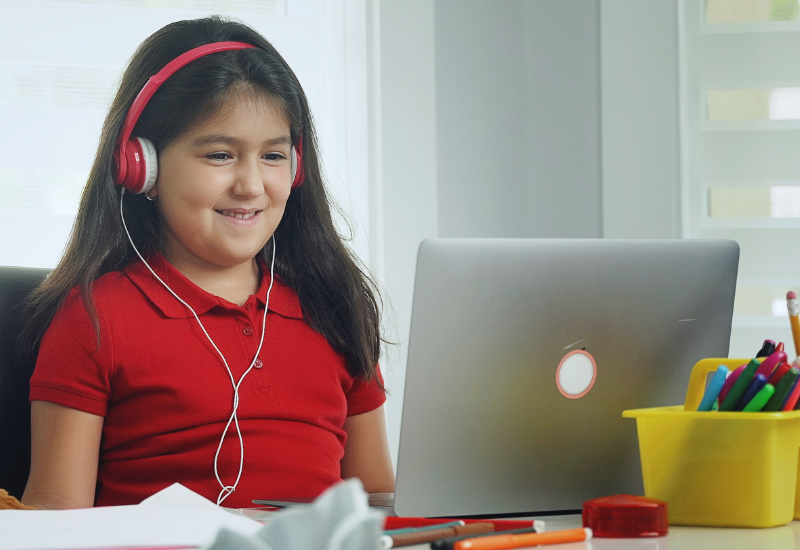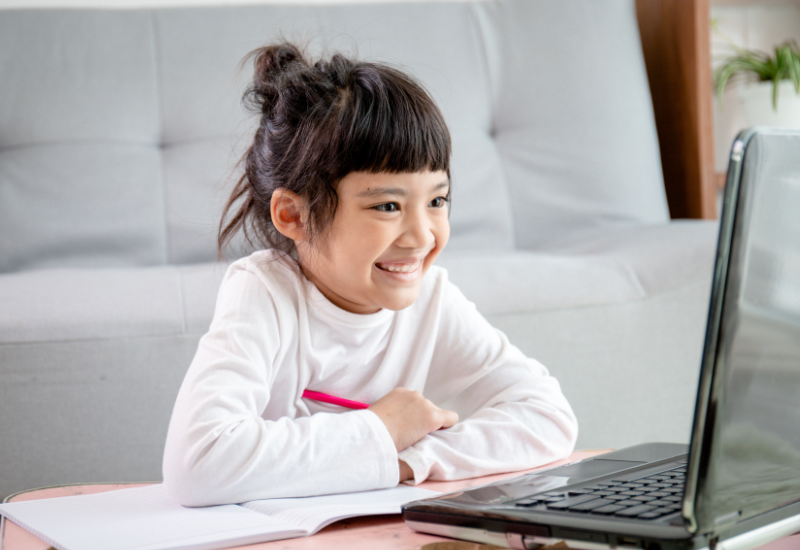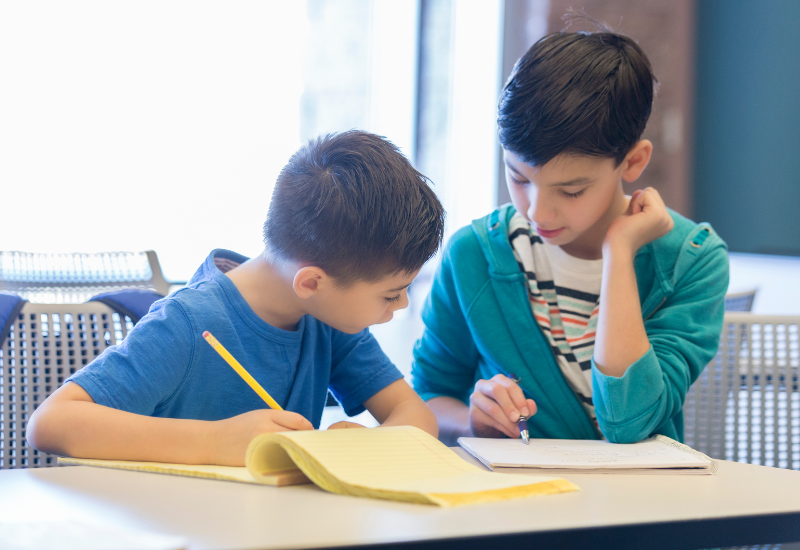Heterogeneous Teams at LPS Richmond
Sophia Thomas, teacher, uses a heterogeneous teaming strategy to support student learning.

Transcript: Sophia Thomas: I decided to switch after my first team competition to heterogeneous groupings. How did I make that choice? In the first semester, the first unit was done through a whole class model because that's a time where I'm teaching them all the skills that they're going to need to be able to do this self-directed learning. From that summative exam, I was able to recognize who was going to be where. I made sure that on every team there was a mix of kids. So, it's heterogeneous groupings. They have switched teams about three to four times now consistently making sure that the groupings are heterogeneous. It's really cool because they learn so much from each other. Why teams? I believe that they have the greatest influence and impact on each other. They're less resistant if they need help. It's easier for them to ask for help in a team setting. It just lowers the effective filter about your capabilities of what you can do and what you can't do. The way it was set up is that you're not only responsible for your own writing. We're working as a team. If we're working as a team, as a team you have one goal. We're here to learn. If someone on your team is not learning or is not accomplishing their goal then the team in itself has not accomplished the goal. That was the message from the start. We also used the idea of what research has proven. Students actually learn best from each other. [...] collaborative effort has just allowed kids to experience success. When the team is successful, there is that one kid who, if it was just them working, they'd never get a shout out. But you're working with a team and your team gets a shout out. That is crazy cool. I had this one kid who it's like pulling teeth to get anything done. In the last two to three weeks, he's been like come on man. We've got to get this done. I generally need to pull him for individual check-ins. He's all antsy because he just wants to go back and contribute to his team. That's what it has done. A kid like that before was like his head was on the desk. I don't want to do this.
Explore More

Gulfport Virtual Academy's Approach to Targeted, Relevant Virtual Learning
Through their participation in TLA's Strategy Lab: Virtual & Hybrid program, Gulfport Virtual Academy designed and piloted a program to...

Setting Clear Expectations for Student Engagement (KJ Virtual Academy)
Through their participation in TLA's Strategy Lab: Virtual & Hybrid program, KJ Virtual Academy designed a pilot program that outlined...

Addressing Student Engagement Through Hybrid Project-Based Learning (Cabarrus Virtual Academy)
Cabarrus Virtual Academy designed and piloted a project-based learning (PBL) lesson for middle-school students to provide them with...